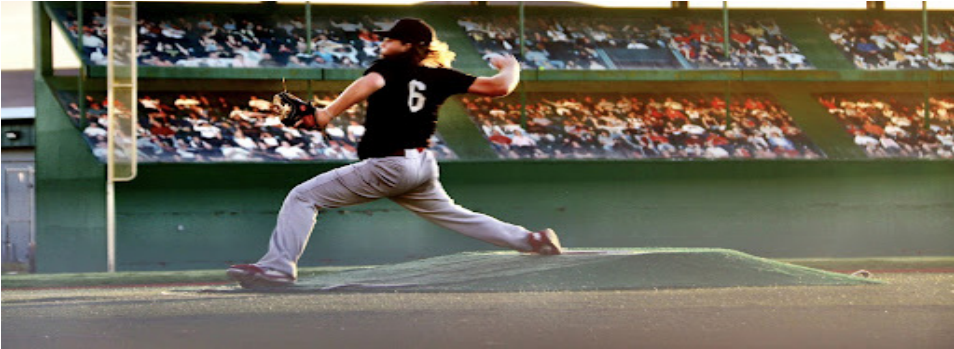Image provided by author.
Getting injured is every athlete’s worst nightmare. Recovery could take weeks to months, and being sidelined is the worst thing a player can experience.
But less severe, still impactful injuries like bruises and possibly sprains can be played through. However, those who would push through the pain must realize the risk and possible drawback.
Bruises often come in contact sports. There’s even the classic mentality of “If you didn’t come out with a bruise, you weren’t playing hard enough.” But coming out with a bruise in the wrong spot, like on the ribs, a finger, or a deep bruise to the thigh, becomes more serious.
Bruised ribs cause pain in the chest when inhaling, exhaling, and applying pressure to the bruise. It essentially makes contact and breathing a difficult and painful experience.
A bruised finger is when the tip of the finger is compressed toward the hand, causing the whole finger to swell up. Admitly, a jammed finger isn’t a serious injury as much as it is an inconvenience. That being said, catching, throwing, gripping, and shooting, are all negatively altered with an immobile finger and are painful when attempted.
Washington sophomore basketball player Zachary Chau would play with a jammed finger. “A jammed finger is not that bad,” he said. ”It hurts, but it’s not that hard.” He played with little to no resistance other than a difference in catching the ball and a jolt of pain when he shot.
Kasey Frieholtz, a sophomore baseball player, has played with a bruised rib before. “Because it was our championship game, I wasn’t gonna miss that,” he stated. Despite his pain, he took the field because he wouldn’t miss a big occasion. When asked if he would do it again, he emphatically said, “I’ll play every game like it’s my last.” Chau on the other hand had felt differently. He believed that playing with a bruised rib would have too much risk.
One of the most infamous of injuries are sprains. Sprains are a stretch or tear of the ligaments in a joint, swelling everything around the ligament. Sprains in themselves are usually a sentence to the bench. Depending on where they occur, and how bad they swell up, they are playable injuries, but they carry the same repercussions, are very easily worsened, and cause plenty of pain just moving the swollen muscle.
One wrong twitch of the joint could kill your season. Impatience could turn a two week rest period to a couple months watching from the bench. This would be detrimental to the team, and most importantly to the player’s team and health.
Washington Huskies baseball player Dominick Williams said he would ignore the risks for one reason: he likes to compete. “I’ll play,” Williams said, specifically pointing out places like his ankle, a non-throwing hand finger, or anything that wouldn’t hinder his throwing motion. “If coach says I can play, then I’ll play.” Given the green light from his coach, he said he would take the field happily.
Zachary Chau, at the time of this interview, was participating with a sprained ankle. “Not playing makes me want to play more,” he said. “Seeing other people makes me want to play too.” Chau made the decision to wear an ankle brace, and take the court.
It’s a shared mentality for many athletes to play through an injury for the sake of their team, or for themselves. Whether due to pure eagerness to play or due to being in a big game situation, it seems worth it to many to play through injuries, but you should still always know what you are risking.
Dylan Mabunga is a sophomore at Washington High School. He was born in San Jose, California, and moved to Fremont when he was two. This is his first year with the Hatchet. Topics he is interested in include world events, sports, and movies and video games. Dylan enjoys playing basketball, video games, and hanging out with friends. Dylan is unsure of what he wants to do in the future, but currently is planning on going to college and is unsure what to major in.

